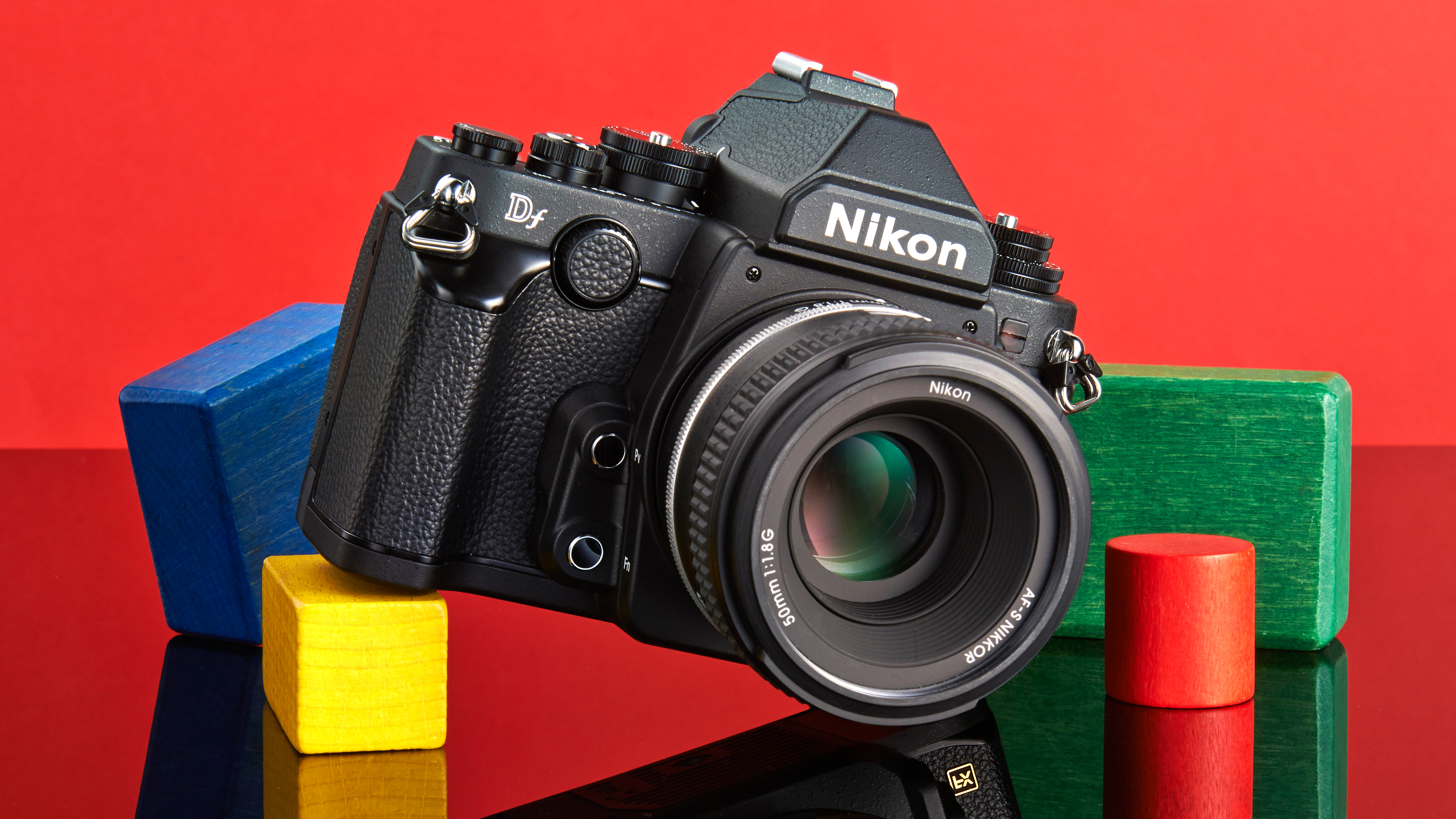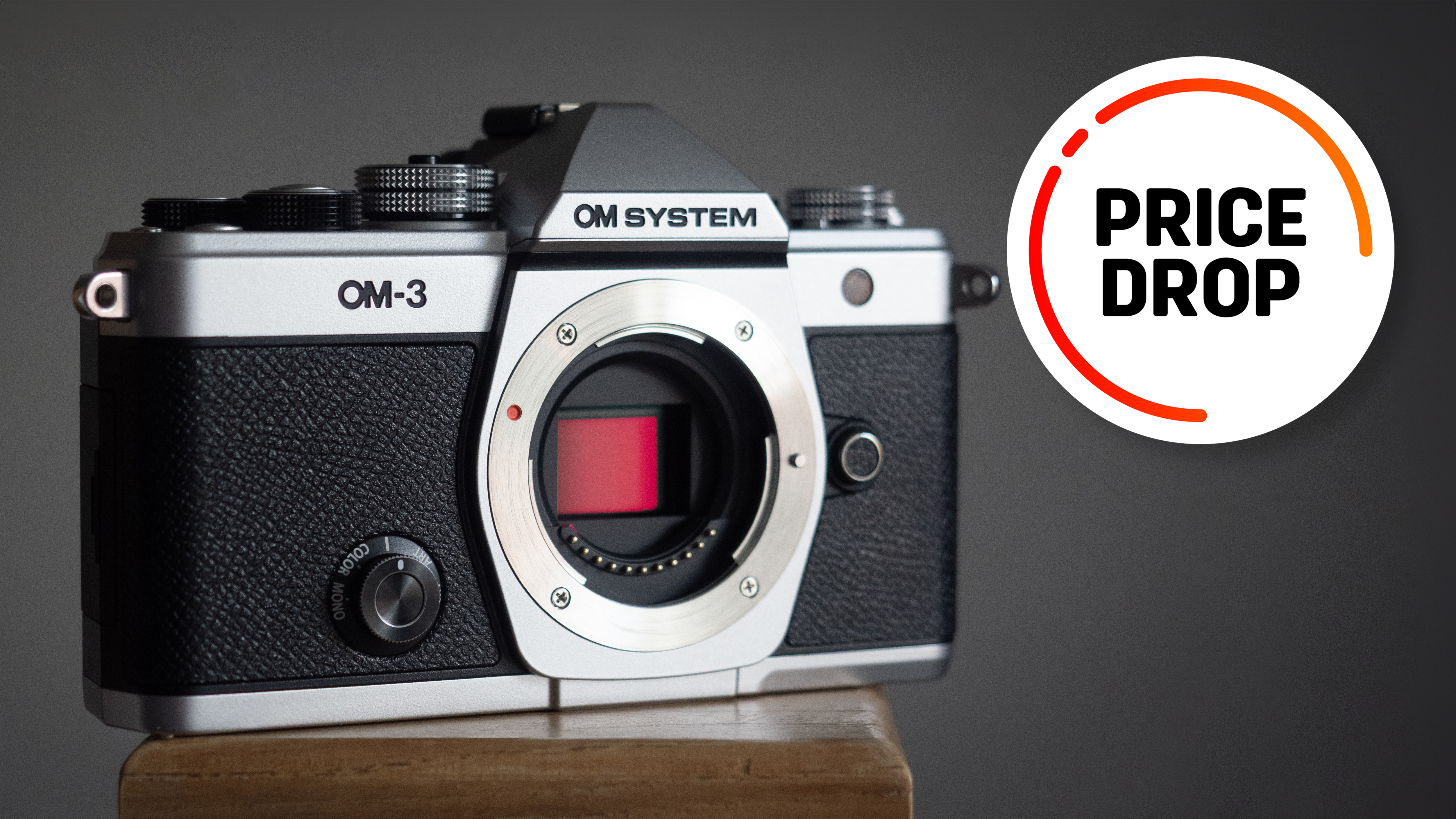The Nikon Df doesn’t do video, but still costs US$1,000 used because it’s a beautifully awkward photography gem
Nikon’s only retro-themed DSLR doesn’t look nearly as authentic as the retro cameras of today, but its bulbous form factor, optical viewfinder and stills-only design give it an appeal all of its own

I’ve never shied away from showing my appreciation for the Nikon Df, one of the Big N’s quirkiest and most sought-after DSLR cameras. Long before the Nikon Zf and Nikon Zfc graced the imaging landscape, way back in 2013 when Miley’s Wrecking Ball was demolishing the billboard charts, Nikon released a departure from the utilitarian DSLR norm.
Dubbed the Nikon Df for "Digital Fusion", this attractive-looking DSLR was designed to bridge the gap between the aesthetically pleasing SLR film cameras of yore with the cutting-edge specs of a then-modern digital camera.
The Nikon Df owes its angular looks to the legendary Nikon FM and Nikon FE, while it borrowed its sensor and imaging processor from the then-flagship Nikon D4. Remarkably, this camera cannot shoot video. Pair that with its optical viewfinder, and I’ve called this the most faithful retro digital camera of all time.
Looking back at the Nikon Df, in a world littered with gorgeous retro cameras, I’m struck by how odd it looks. At the time, I thought it looked like a super faithful reproduction of a vintage SLR – but then again, I thought 1996’s Tomb Raider was as good as videogame graphics could possibly get.
The Nikon Df looks like somebody’s taken a Nikon FM and warped it in Photoshop. Obviously Nikon’s designers had to work around the limitations of a DSLR’s inherently bulky construction, thanks to the presence of a reflex mirror, and the result is a camera that’s squatter and taller than an SLR, with that unmistakable bulbous DSLR aesthetic.
Holding a chunky DSLR without a grip would be a nightmare, so Nikon implemented a substantial grip. And that big old pentaprism in the optical viewfinder means there's less room on the top plate.

Large portions of leatherette and flip-out rear screens that can be reversed and hidden are hallmarks of many retro cameras of today, but the Df’s rear looks very much like a standard DSLR, due to plenty of direct-access controls and a fixed rear screen.
The best camera deals, reviews, product advice, and unmissable photography news, direct to your inbox!
You might think this isn’t a very flattering retrospective on the Nikon Df at all, but on the contrary. You see, all of these visual quirks amount to a retro-themed camera that very much has its own unique aesthetic.
It might not be a faithful reproduction of an SLR-era Nikon like the Zf or Zfc, but well over a decade after its release the Nikon Df has become a desirable blast from the past, all of its own. Every time I see a Df in the flesh, I can’t help but think it’s got mojo and a soul that’s lacking in many modern cameras. And isn’t that what drives our love of retro cameras? An emotional attachment driven by nostalgia.
You have to look no further than the used market to realise that the Nikon Df has a healthy cult following. You’re still looking at upwards of $1,000 / £800 and much more for a mint example. The limited-edition gold Nikon Df can set you back three or four times that amount!
I say it every time I write about the dear old Df: I want one! The stripped-back stills-only design really appeals to me – and in a world where 16-MP full-frame cameras simply don’t exist anymore, it’d make a great everyday beater. Nikon’s only retro-themed DSLR is fast becoming a retro, retro-themed DSLR, and I think it’ll continue to be sought after, long into the future.
You might also like...
Into camera retrospectives? Remember the Fujifilm X-T1? Maybe it's the perfect stopgap. Perhaps you're wondering if the Nikon Z fc is still a relevant mirrorless camera in 2025? And if you want the real thing, check out the best film cameras.

Mike studied photography at college, honing his Adobe Photoshop skills and learning to work in the studio and darkroom. After a few years writing for various publications, he headed to the ‘Big Smoke’ to work on Wex Photo Video’s award-winning content team, before transitioning back to print as Technique Editor (later Deputy Editor) on N-Photo: The Nikon Magazine.
With bylines in Digital Camera, PhotoPlus: The Canon Magazine, Practical Photography, Digital Photographer, iMore, and TechRadar, he’s a fountain of photography and consumer tech knowledge, making him a top tutor for techniques on cameras, lenses, tripods, filters, and more. His expertise extends to everything from portraits and landscapes to abstracts and architecture to wildlife and, yes, fast things going around race tracks...
You must confirm your public display name before commenting
Please logout and then login again, you will then be prompted to enter your display name.
